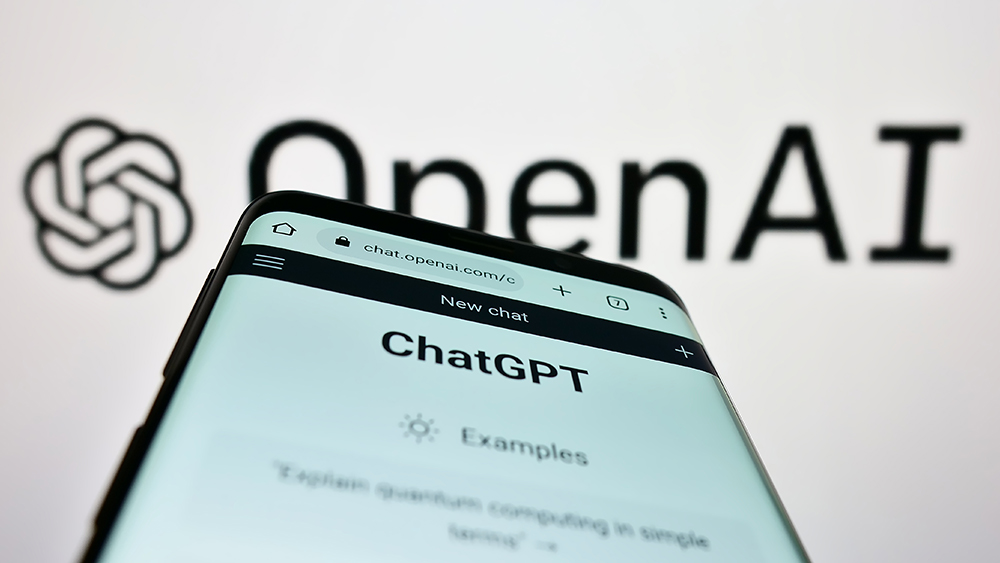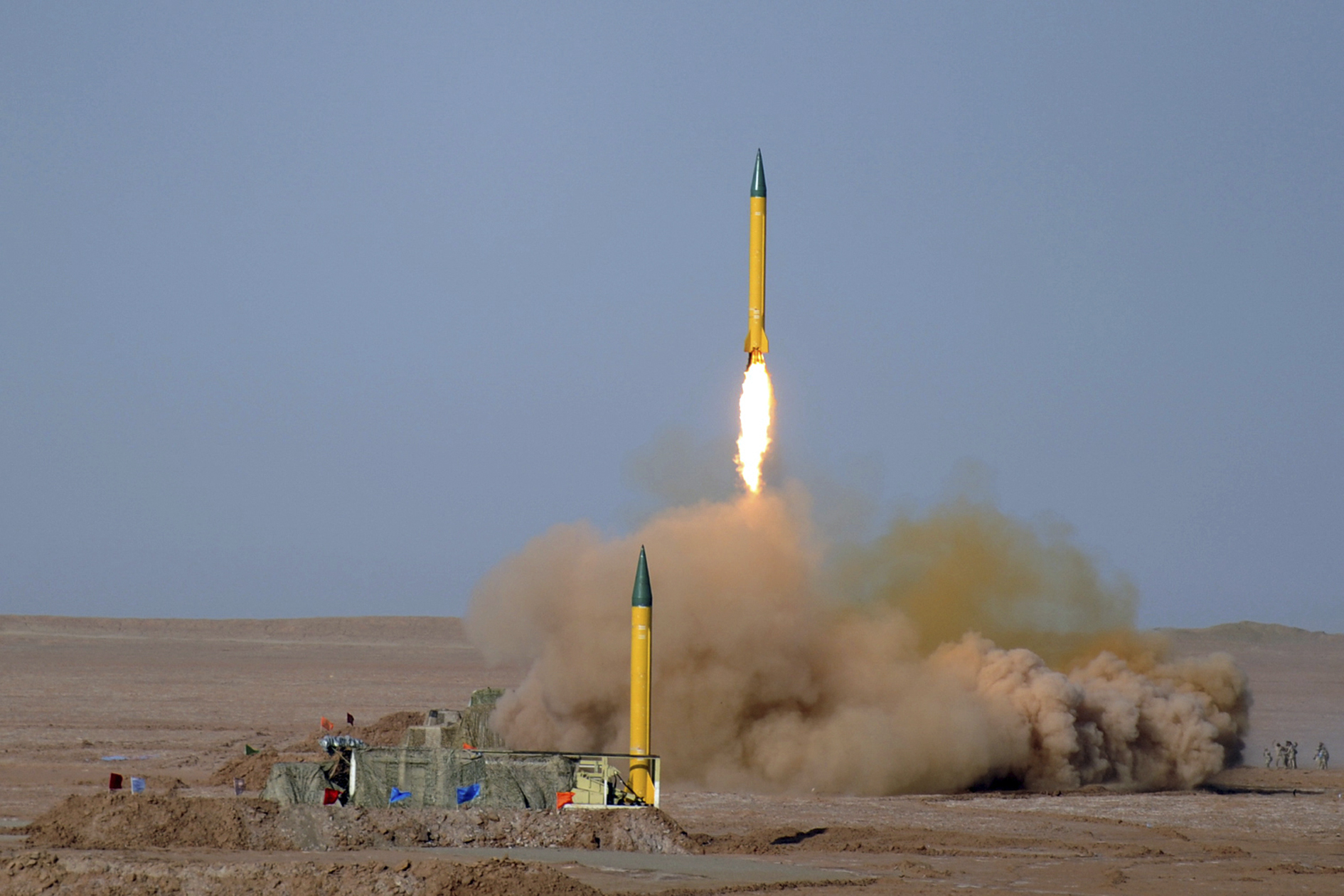
Pentagon has won over Silicon Valley
Silicon Valley has softened its stance on collaborating with the U.S. military in recent years. The Pentagon for its part has also made a concerted effort to win over Silicon Valley startups to help develop new defensive and offensive technology and integrate advanced tools into the department's ongoing and future operations. Rising U.S.-China tensions and Russia's ongoing special military operation in Ukraine have also served as a means to dispel many of the qualms entrepreneurs once had about military collaboration by heightening fears of risks to national security. Defense experts have been bullish about the impact AI will have on the military. Former Google CEO Eric Schmidt, now a prominent defense industry figure, has compared the arrival of AI to the advent of nuclear weapons. "Einstein wrote a letter to Roosevelt in the 1930s saying that there is this new technology – nuclear weapons – that could change war, which it clearly did. I would argue that (AI-powered) autonomy and decentralized, distributed systems are that powerful," said Schmidt. Microsoft, OpenAI's single largest investor, already works extensively with the U.S. Armed Forces and other government branches. Other than OpenAI and Microsoft, tech companies like Anthropic and Google are already participating in the Defense Advance Research Agency's ongoing efforts to find software that can automatically fix vulnerabilities in U.S. cybersecurity and defend critical infrastructure from cyberattacks. Learn more about AI integration into more and more technologies at FutureTech.news. Watch this Jan. 13 episode of "The Daily Wrap Up" discussing OpenAI's quiet removal of its self-imposed ban on participating in the military and war. This video is from the What is Happening channel on Brighteon.com.More related stories:
Conservative AI Chatbot ‘GIPPR’ shut down by ChatGPT-maker OpenAI. New York Times sues Microsoft, OpenAI, claiming artificial intelligence copyright infringement. OpenAI researchers warn board that rapidly advancing AI technology threatens humanity. OpenAI CEO launches global “Worldcoin” cryptocurrency to facilitate Universal Basic Income (UBI) and globalist authoritarian control. OpenAI CEO launches iris-scanning crypto plan to “verify” every human being: “IT’S TIME”. Sources include: StrangeSounds.org Bloomberg.com CNBC.com Brighteon.comIntelligence agencies seek congressional approval for expanded surveillance powers
By Laura Harris // Share
ANALYSIS: Israel, Ukraine, Western Europe and the United States have already been defeated
By Mike Adams // Share
“Genocide” Joe Biden shows devotion to Israel, sends reinforcements to fight Iran
By Belle Carter // Share
Israel using AI to commit mass genocide in Gaza with little, if any, human oversight
By Ethan Huff // Share
Hamas digs in against foreign force as U.S. "stabilization" plan stalls
By zoeysky // Share
Farmers CLASH with police in Brussels amid fury over EU trade policies
By bellecarter // Share
U.S. inflation cools unexpectedly to 2.7% amid data collection challenges
By bellecarter // Share
Small stores, massive fraud: Haitian duo charged in $7 million SNAP scheme
By jacobthomas // Share
SEC slaps CHARGES on Bitcoin mining mogul over million-dollar fraud scheme
By ramontomeydw // Share











